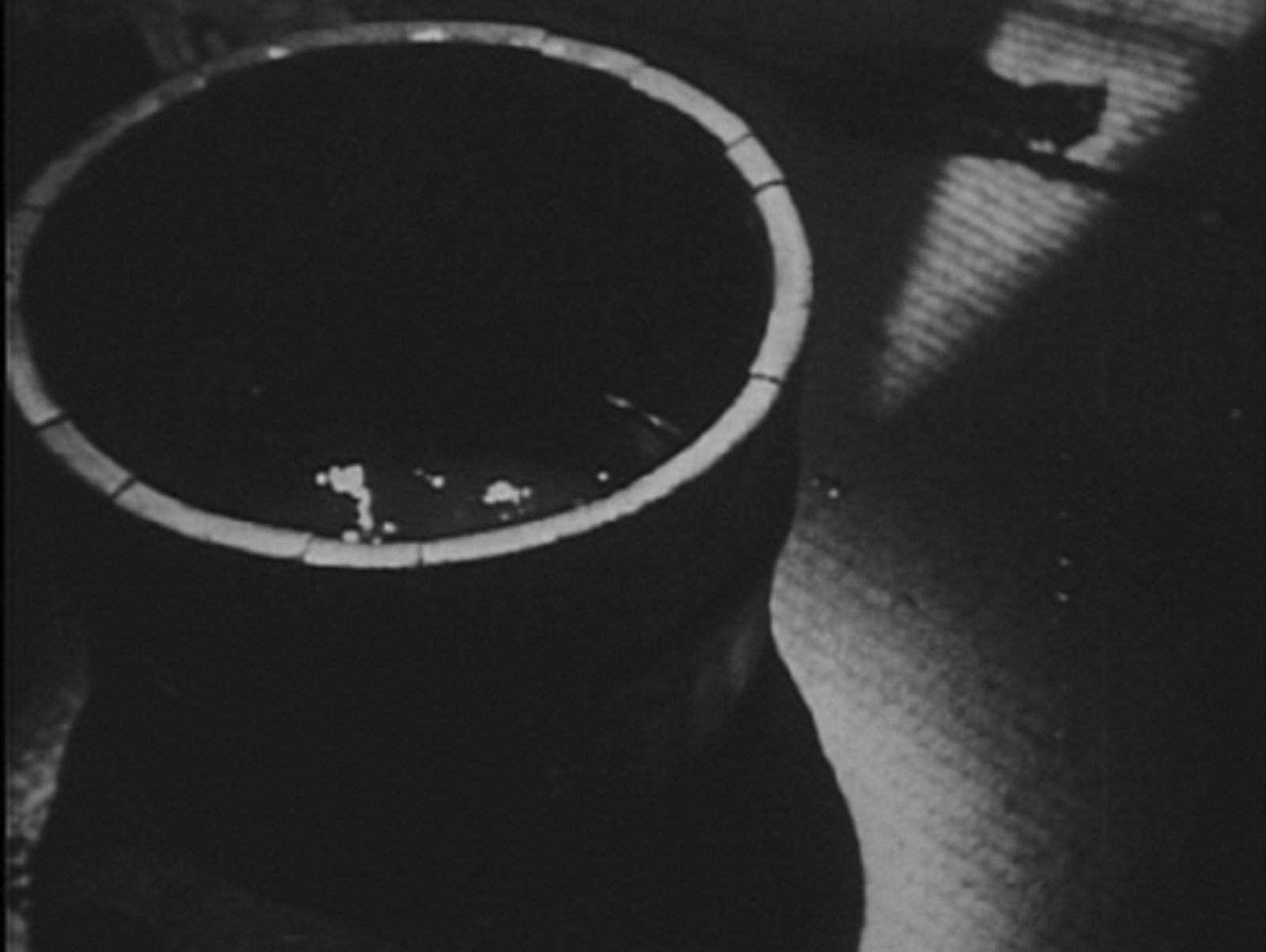
Here is the list of lost films by 5 Japanese masters: Shozo Makino, Kenji Mizoguchi, Yasujiro Ozu, Sadao Yamanaka and Akira Kurosawa. I guess you may pick other films, but I will state my case.

Goban Tadanobu, Genji no Ishizue
(碁盤忠信 源氏礎, 1909)
Directed by Shozo Makino
Produced by Yokota Shokai
Starring Matsugoro Ono-e
Though this is not a first dramatic cinema in the Japanese history, this is definitely the most important work during the early period of Japanese cinema. It is the first film to star the Star of Japanese Cinema, Matsunosuke Ono-e, and kicked off the life of Makino and Ono-e. Though they worked as a team for more than 200 works, only 5 or 6 survived. Judging from the surviving materials, I guess this must have been a very static, a sort of a captured version of theatrical play. But still, this is the genesis of Japanese cinema.


The Passion of a Woman Teacher
(狂恋の女師匠, 1926)
Directed by Kenji Mizoguchi
Written by Matsutaro Kawaguchi
Starring Yoneko Sakaguchi, Eiji Nakano, Yoshiko Okada
This film and another lost film, A PAPER DOLL’S WHISPER OF SPRING (1926), are considered to be the pivotal moment in Mizoguchi’s directorial carrier. In 1925, Mizoguchi was stubbed in the back by his lover with a razor and was relieved of directorial duty for several months as a result. This incident prompted him to explore the dark desire of women, in relation to irresponsible men. This film is about the curse of a jealous woman destroying the lovers on the run. I chose THE PASSION over A PAPER DOLL, simply because there might be a slim hope for this film to be discovered. Kawakita, the most notable promoter of Japanese cinema overseas, brought the prints of this film to Europe, along with Daisuke Ito’s CHUJI TABINIKKI.


The College is a Nice Place
(大学よいとこ, 1936)
Directed by Yasujiro Ozu
Written by Masao Arata
Starring Chishu Ryu, Sanae Takasugi
Out of 54 films directed by Yasujiro Ozu, 17 are now considered missing. This is the last among these 17, and his last silent film (with sound track). According to Ozu himself, this was a very depressing film, as the collage life depicted here was not nice at all. Considering the next dramatic film he directed was THE ONLY SON, and being the last silent film, I believe this film must have been intriguing as the turning point in his directorial career.


Isono Genta, Dakine no Nagadosu
(磯の源太 抱寝の長脇差, 1932)
Written and Directed by Sadao Yamanaka
Starring Kanjuro Arashi
Now, this is probably the most sought-after ‘lost’ film of all time. The film was directorial debut for Yamanaka, the forgotten genius of Japanese cinema. As noted by many critics at the time, Yamanaka brought new breeze into Jidaigeki, adding another dimension to its drama. Ingenious use of title cards, punctuated by the flow of the visuals, seems to be one of many features which impressed Arashi himself. Within 5 years, he directed 15 films, only three of which have survived. A fragment of this film survived, but it is just under 2 minutes. From time to time, it has been rumored that the print of this film exists in the private collection. I hope it does.


The Idiot (白痴, 1951)
Directed by Akira Kurosawa
Written by Eijiro Hisaita, Akira Kurosawa
Starring Masayuki Mori, Setsuko Hara, Toshiro Mifune
It’s the same old story. The Emperor wanted his way. He demanded the film to be shown in full 266 minutes. Shochiku regretted it ever had anything to do with this ego-tripping maniac and told him to edit it down. The Emperor yelled back, “If you really want cut this film, cut it lengthwise!” Well, the studio forced The Emperor to chop it as much as possible and the version we have is 166 minutes. The original 266 minute version was supposedly destroyed by the studio at the time. Since then, there has been a rumor that this original 266 minute version exists in the vault somewhere. In 1998, Kei Kumai, the director of THE SEA AND THE POISON (1986), revealed that he had met the person who actually had the print of this 266 minute version. Along with THE GREED (1925) and THE MAGNIFICENT AMBERSONS (1942), this complete version is the Holy Grail of film lovers.

